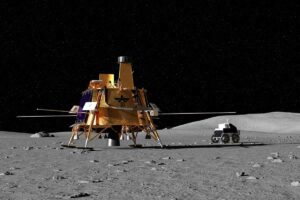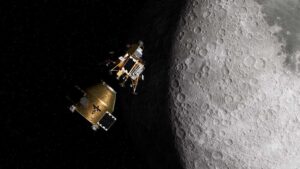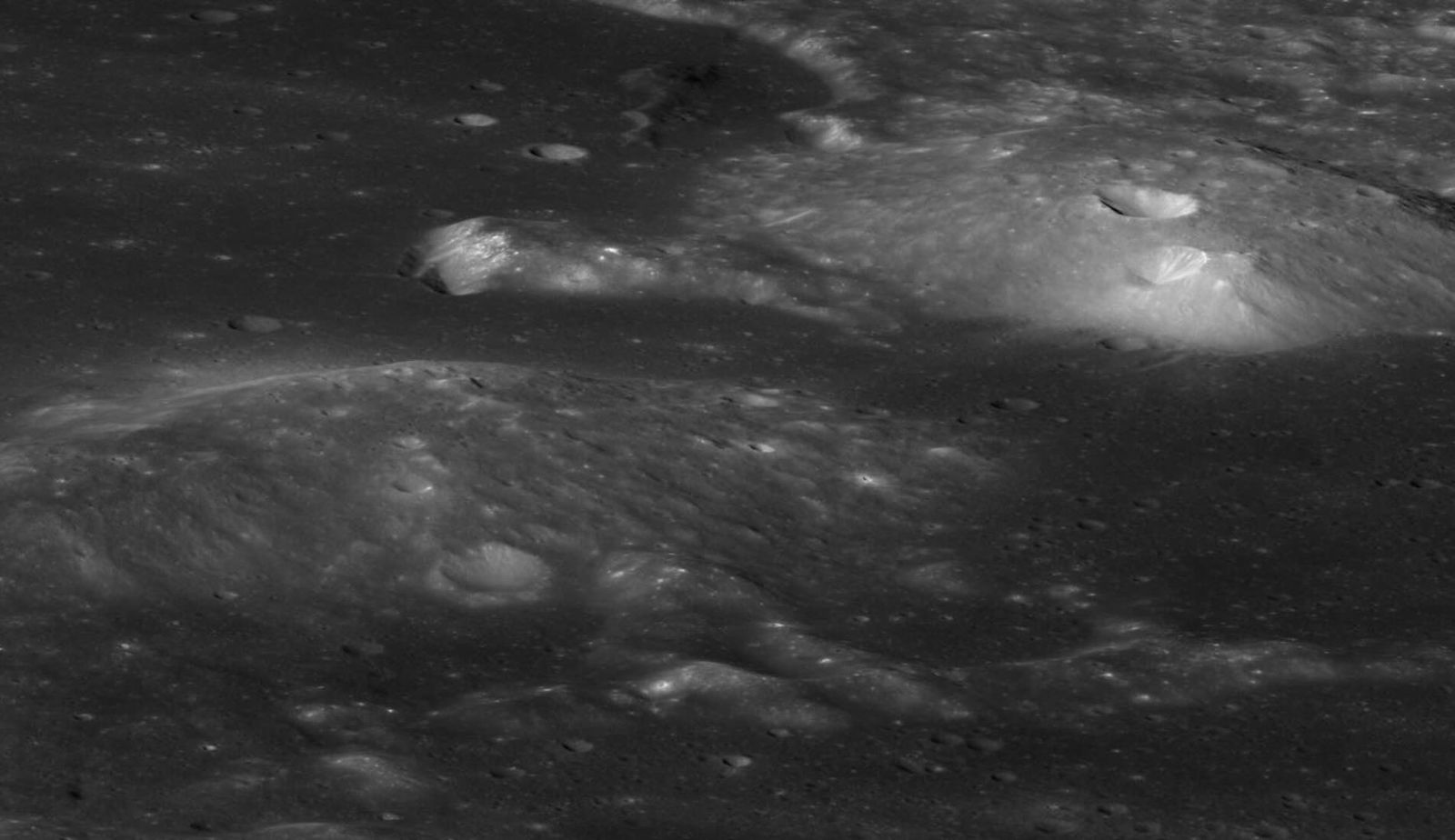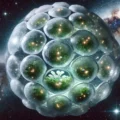Mysterious domes on the Moon that have flummoxed researchers for decades may finally be explained thanks to NASA’s upcoming ‘Blue Ghost’ Mission 3. Discovered in the 1,800s by Franz von Gruithuisen, the Gruithuisen Domes are described in the latest mission announcement as “one of the most enigmatic locations on the moon.”
“We’ve got a lunar mystery on our hands!” NASA previously said.
Led by researchers from the University of Central Florida (UCF) and supported by partners including the University of Maryland, the Blue Ghost Mission 3 is specifically designed to investigate the domes’ “inexplicable origins” to explain their creation once and for all. Several steps remain before the lander’s primary instrument package, the Lunar Vulkan Imaging and Spectroscopy Explorer (Lunar-VISE), can examine the mysterious structures on the Moon up close. Mission planners are currently targeting a 2028 launch date.
Building Blue Ghost to Unravel the Mysterious Domes on the Moon
Since their initial discovery in the 1,800s by Franz von Gruithuisen, the “Gruithuisen Domes” have perplexed scientists due to their unusual shape and location on the Moon’s surface. Similarly shaped silica-rich volcanic domes are also formed on Earth thanks to the planet’s unique conditions. However, the Moon lacks these same conditions, leaving it up to Blue Ghost to unravel the mystery.


“The real mystery is how such silicic magmas could form on the Moon,” NASA explained on their mission page. “On Earth, silicic volcanoes typically form in the presence of two ingredients—water and plate tectonics. But without these key ingredients on the Moon, scientists are left to wonder: How did the Gruithuisen Domes form?”
Following its 238,000-plus mile trip to the moon, the mission will be commanded to enter a cislunar orbit. From that point until the mission’s completion, the Elytra Dark spacecraft will remain in this orbital position to function as a communications relay with the lander’s surface package and mission scientists on Earth.
Once the Blue Ghost lander successfully touches down on the Moon’s surface, Firefly’s project page says it will “deploy the rover and operate six NASA-sponsored payloads for more than 14 days on the lunar surface.” This portion of the mission is scheduled to last 10 days.


Although the rover is tasked to study the conditions that created all the mysterious domes during the mission, it plans to focus most of its data collection efforts on the “Gamma Dome.” Gathering data on Gamma Dome and the other mysterious domes on the Moon could not only solve a centuries-long mystery, but Firefly Aerospace also says their findings “will help inform future robotic and human exploration on the Moon in addition to helping us better understand the history of Earth and other planets in the solar system.”
From Paper to Launch a Mission Comes to Life
While the Blue Ghost spacecraft, orbiter, and lander are still being developed, mission scientists and engineers are already working to test the various instruments and components that will make up the final lander. According to Blue Ghost team member and UMD Professor of Astronomy and Geology Jessica Sunshine, seeing the mission go from concept to a scheduled launch date has offered mission scientists a level of clarity that brings the team “tantalizingly close” to directly investigating the mysterious domes on the moon.
“We are beginning to have actual hardware and are building our instruments, and now we know how we will get them deployed on the lunar surface and what our rover will look like,” Sunshine said. “What started as a concept and then figures in a proposal is now amazingly really happening. While the project has a lot of work to do, particularly as we integrate with Firefly, this marks a new exciting phase that gets us tantalizingly close to going from paper to the moon.”


The Blue Ghost team plans to spend the first half of 2025 testing the instruments, which include visible and near-infrared cameras that can detect electromagnetic waves. Ideally, those tests will be completed by August “to ensure they meet all operational requirements and safety standards” for their final mission to the Moon.
“I’m very proud of our Lunar-VISE team in developing, building, and testing our payload instruments and getting us ready for integration onto Firefly’s [Blue Ghost 3] lunar lander and rover,” said the project’s principal investigator Kerri Donaldson Hanna, an associate professor in UCF’s Department of Physics. “The Lunar-VISE team is excited to work with Firefly to plan our science and exploration operations at the Gruithuisen Domes in 2028.”
Christopher Plain is a Science Fiction and Fantasy novelist and Head Science Writer at The Debrief. Follow and connect with him on X, learn about his books at plainfiction.com, or email him directly at christopher@thedebrief.org.

